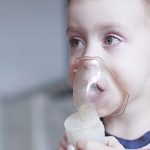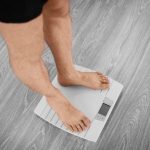
Babies who have more mature microbes in their gut are less likely to have allergy-related wheezing and asthma in early childhood, according to new research. “Our studies on the Barwon Infant Study showed that a more mature infant gut microbiota at one year of age was associated with a lower chance of developing food allergies and asthma in childhood. This appeared to be driven by the overall composition of the gut microbiota rather than specific bacteria,” said Dr. Yuan Gao, a research fellow at Deakin University in Geelong, Australia. “We then hypothesized that advanced maturation of the infant gut microbiota in early life is associated with decreased risk of allergy-related wheeze in later childhood,” Gao said. Study findings were presented Sunday in Barcelona at a meeting of the European Respiratory Society. The Barwon Infant Study (BIS) has been ongoing in Australia since 2010. More than 1,000 babies were recruited between 2010 and 2013 and researchers have been following them as they grow. They studied the bacteria present in fecal samples collected from the babies at age 1 month, and again at 6 and 12 months. At one- and four-year reviews, parents reported whether their children had developed allergy-related wheeze or asthma during the past year. The team also did skin-prick tests to see if children had allergic reactions to any of 10 foods as well… read on > read on >



























-300x200.jpg)










